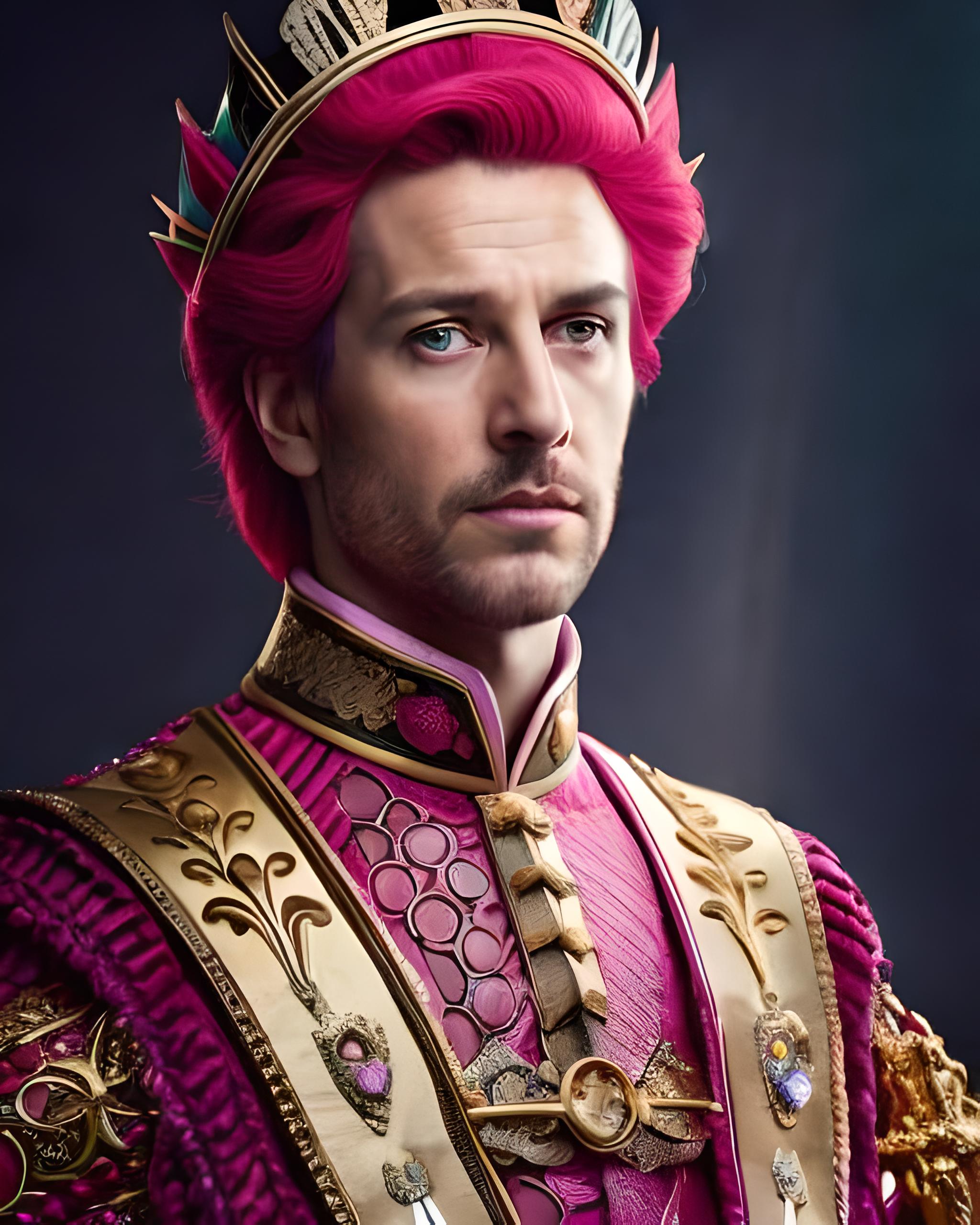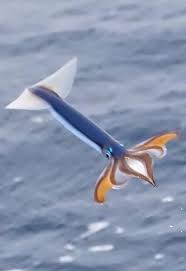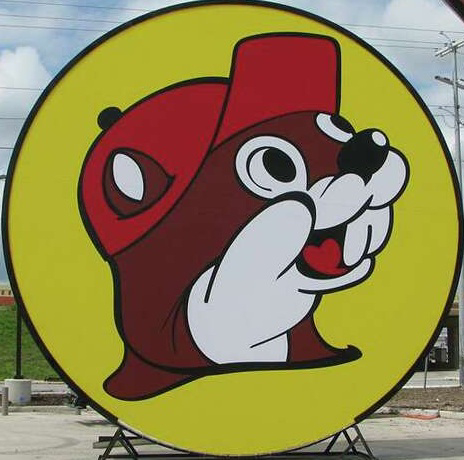Exactly as the title asks.
Pure oxygen is generally represented as O2 yet oxygen is an element of the periodic table. Why is it O2 and not just O?
There are 7 elements that will naturally form covalent bonds with themselves.
Here is how to remember these diatomic elements:(H)ave (N)o (F)ear (O)f (I)ce (Cl)old (Br)eer.
The Ice is solid, the beer is liquid, and everything else is a gas.And who doesn’t enjoy cracking open a nice clold breer?
Hydrogen, Nitrogen, Flourine, Oxygen, Iodine, Chlorine, and Bromine
Flour is made out of flourine
That sounds more complicated than what I’ve remembered. Which is simply hofbrincl
Those are the 7 that form diatomic molecules not the only elements that form covalent bonds with other atoms of that element. The s block excluding hydrogen, d block and f block are all metals and are held together with metallic bonds which are a type of covalent bond. Mercury forms weak, transient metallic bonds in its elemental form but robust bonds in the Hg2(2+) dication. Sulfur, Selenium and Tellurium form rings and chains, the former being typically 8 atoms and the latter being hundreds or thousands of atoms in length. Phosphorus is in the form of P4 molecules in white phosphorus and is a network covalent solid in many of its other allotropes. Eg. black phosphorus is a series of stacked undulating chicken wire sheets. Arsenic and Antimony similarly adopt this undulating chicken wire sheet structure as well. Bismuth, lead, polonium, aluminum, gallium, thallium and tin are all metals held together with metallic bonds. Carbon, silicon and germanium commonly form the cubic diamond structure although carbon is most stable as graphite (stacked chicken wire) and can form molecules like fullerene and nanotubes as well as chains (carbyne). Boron tends to form crystals containing icosahedrons. The only elements that rarely react with other elements let alone form covalent bonds with one another in bench stable compounds are the noble gases: Helium, Neon, Argon, Krypton, Xenon and Oganesson.
deleted by creator
Because O is not naturally accuring and only exists under extremely special conditions, so virtually all pure oxygen appears as molecular oxygen O2.
The stuff around us is made out of molecules. Most molecules are made out of more than one atom. Oxygen, the gas, is made out of oxygen molecules. An oxygen molecule is made out of two oxygen atoms. So O2. When you hear “pure oxygen”, it’s about the substance oxygen (O2), as in pure from other găsesc, not the element oxygen (O).
Now you can also have O or O3 molecules, but those have an electric charge (aka ions), so they’re unstable and prone to bond with other elements or to break apart. A gas made out of monoatomic oxygen would be extremely reactive.
Small addition: I wouldn’t call O3 (Ozone) charged. It “only” has some partial charge like water (H2O) does, but overall it has the same number of protons and electrons.
Now you could have ozonide (O3-), but that’s definitely a way more rare case.
Yeah, I was too lazy to find a better description for it and didn’t want to go into valences
Me: mom can we get O?
Mom: we have O at home.
O At home: O2
Because O doesn’t like to exist. O2 is simply more stable. A
A?
A.
A!
Eh🍁
Take off, you hoser!
Soorry there, bud
Very few elements are composed of individual atoms that arent part of a molecule or crystal in their native form under ambient conditions. Individual Oxygen atoms dont have a full shell of electrons. They are extremely reactive for this reason and will pair up to form the considerably more stable O2 molecule. As for why it is more stable, when atomic orbitals interact with one another to form molecular orbitals, the number of molecular orbitals that form is equal to the number of atomic orbitals used to form them. Generally there are two classes of molecular orbitals: bonding and antibonding. Bonding orbitals contribute constructively to the formation of bonds. Antibonding orbitals contribute destructively to the formation of bonds. I.e they weaken bonds. There are a few analogies that can be used to sort of understand what is going on. Constructive interactions are like pushing someone in a swing at just the right time to add to their back and forth motion OR swinging a jump rope at the right time to maintain the wave. Destructive interactions are essentially the opposite of this. An analogy would be pushing someone in a swing at just the right time to slow their motion until they stop or swinging a jump rope at the right time needed to cause its motion to slow until it stops oscillating. If you have experience with tuning forks, youll also notice that if you couple two vibrating tuning forks together you get two separate sets of possible frequencies. One lower and one higher. This has the effect of stabilizing the system. Something similar happens when molecular orbitals form from the interactions of atomic orbitals from individual atoms forming molecules. You can also visualize this extra stability in the molecular orbital diagram for O2 vs the individual atoms: https://chem.libretexts.org/Courses/Pacific_Union_College/Quantum_Chemistry/09%3A_Chemical_Bonding_in_Diatomic_Molecules/9.10%3A_Molecular_Orbital_Theory_Predicts_that_Molecular_Oxygen_is_Paramagnetic
Except for noble gases, single atoms are usually quite unstable and will prefere to release some energy to settle into a more stable molecular configuration.
Oxygen naturally occurs as molecules or two of them joined together to form O2
O2 denotes two oxygen atoms binding together into one molecule.
O1 or simply O can’t really exist for long in nature, because it’s not stable and will bind with almost anything it meets, including another O atom.
Dioxygen
Cause O1 and O3 are not good for breathing.
I’ll tell you why. Big Air is blatantly ripping off the city of London. Why they don’t sue for trademark infringement, I don’t know.
I prefer to call O2 something else: dioxygen
It’s what I learned in chemistry class (same applies to the other diatomic molecular gases).
I asked this question to my nurse in the hospital as a kid (I was a sick child and my grandfather entertained himself and I by teaching math and science…it didn’t take). She said that O2 is pure “breathable” oxygen. I’m not sure if that’s correct but it was something my eight year old brain could wrap itself around.
My guess is that it’s because most of the oxygen on earth can be found in its O2 form.
Not in H2O?
That’s an interesting thought.
Water on earth: 1,386 million km3 Air on earth: 5.1 million km3
880 grams of Oxygen per liter of water 276 mg/liter of air
From that follows that you’re right and there a several magnitudes more O in water compared to O in air.
Wait until you find out the composition of the Earth’s crust and mantle
(Spoiler: about 45% of them is oxygen)
- Wait, it’s all oxygen?
- Always have been.
Is most of the rest silicates? Saw a post about environmentally friendlier concrete made mostly from silicate rock, and I thought: Is that good? Is there so much of that type? 15m internet research gave me reason to believe that yes; most rock is silicate rock on earth. Your information about oxygen contents in crust and mantle indicates you might be able to confirm or deny this.
(Disclaimer: I’m not an expert, I just googled a little bit before posting that message. Fact-checking is welcome.)
“Is most of the rest silicates?” The question is ill-posed, because it mixes elements with compounds. Specifically, silicates contain oxygen so they can’t be counted separately.
If we go by elements, we already said that oxygen is the most abundant. The rest of the crust is mostly silicon (28%), aluminium (8.2%), iron (5.6%) and more stuff. The rest of the mantle is mostly magnesium (22.8%) and silicon (21.5%).
But most elements don’t remain isolated, they react and form compounds. Those made primarily by silicon and oxygen are known as silicates, and they are indeed the most common type of rock in the crust and mantle.
So yes, there is plenty of silicate material if one wants to use it for construction. I have no idea how good it is compared to current materials, however.
Theydidthemath. Very interesting.
deleted by creator














